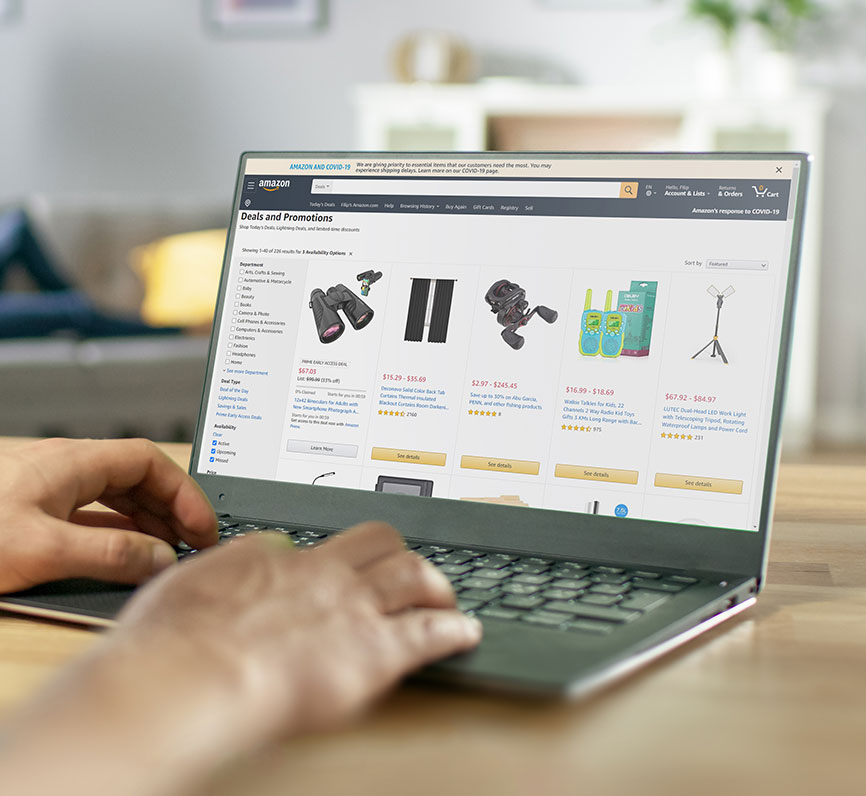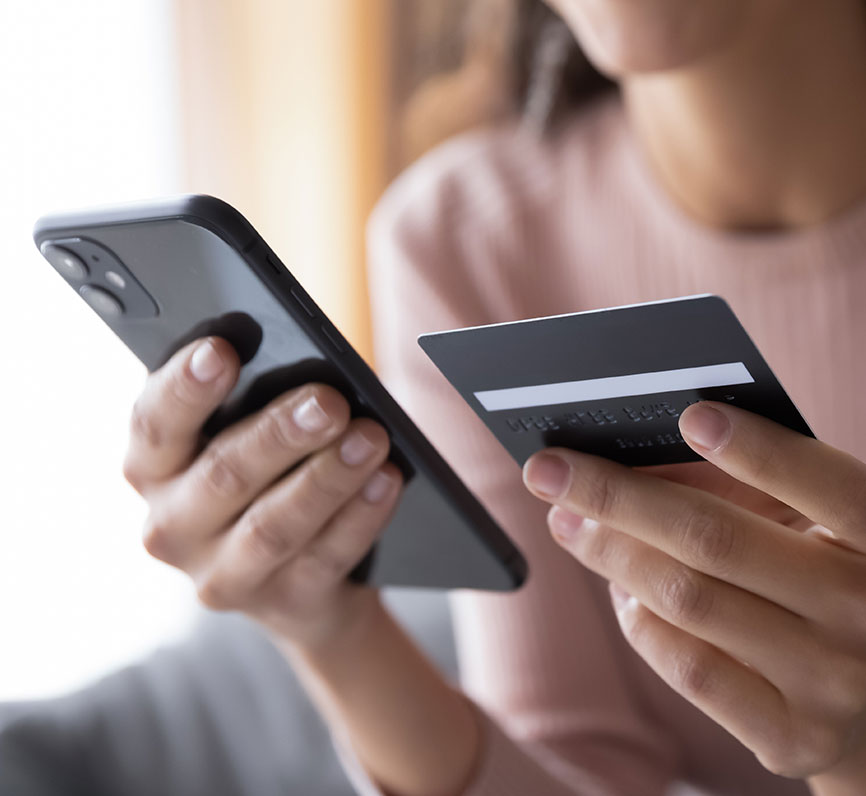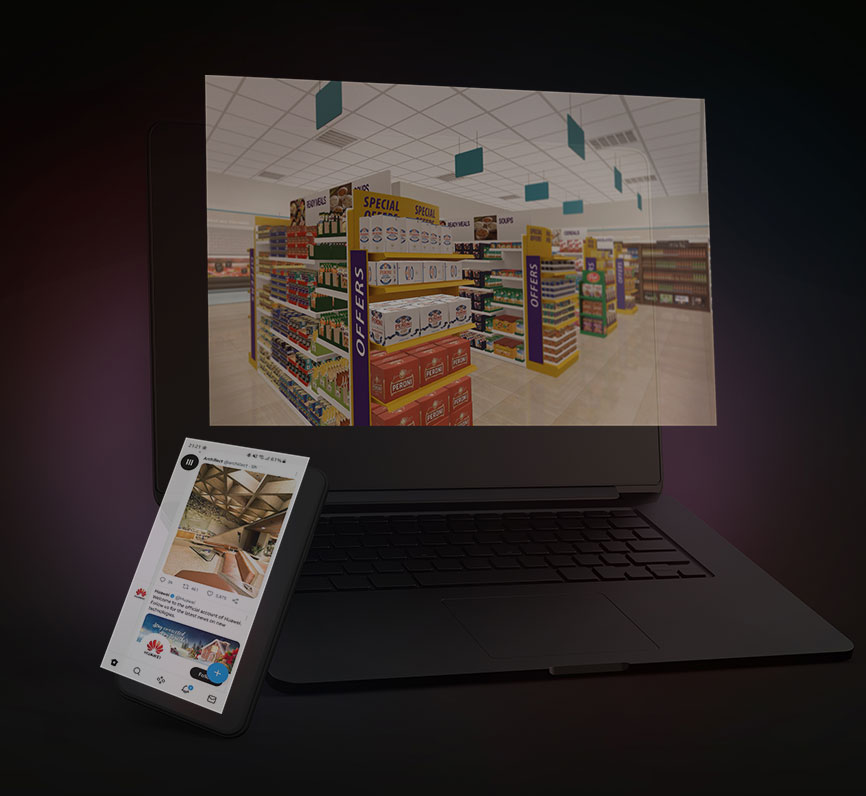https://embed-ssl.wistia.com/deliveries/a2e5282a7ed8241019dee6e6b3877704.mp4
With a decision tree output, its beauty is in the simplicity of it – it really helps you and your stakeholders make sense of all of it at a glance. As you go down the diagram, you discover new and deeper info and you begin to understand how consumers discern between products, even if it doesn’t fully align with what is on the shelf or your ingoing assumptions. Of course, the most important output is the behavioral decision tree which shows the behavioral importance of the product attributes.
Another valuable output that can be included is one I’m almost as excited about as the behavioral decision treemap itself. Our Brand Gain & Loss Analysis can tell you the proportion who switched from your brand to Competitive Brand X, etc., and when or who switched from Brand X to your brand and when. We can outline the 4 different types of shoppers, but this is even more granular and can show you where and to whom repertoire or loyalties lie. We also include the stated importance of the attributes, brand recall, dominant occasions, and missions, as well as ease of shopping and shelf organization.
So, you get a 360-degree view of the shopper and the shelf by using both implicit and explicit methods in a single study.









